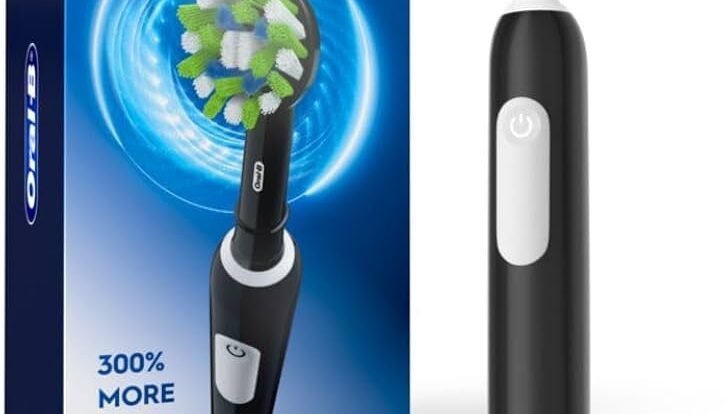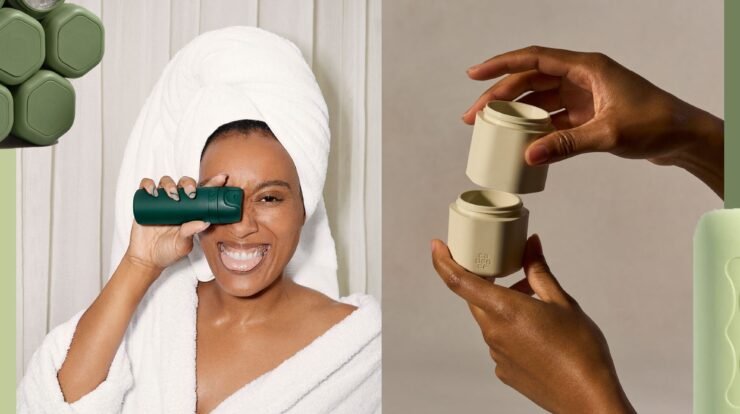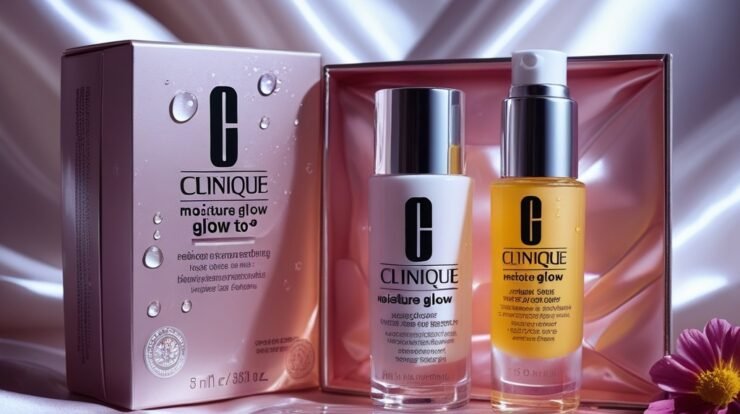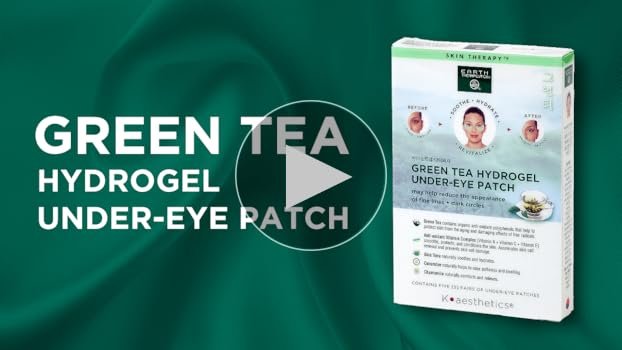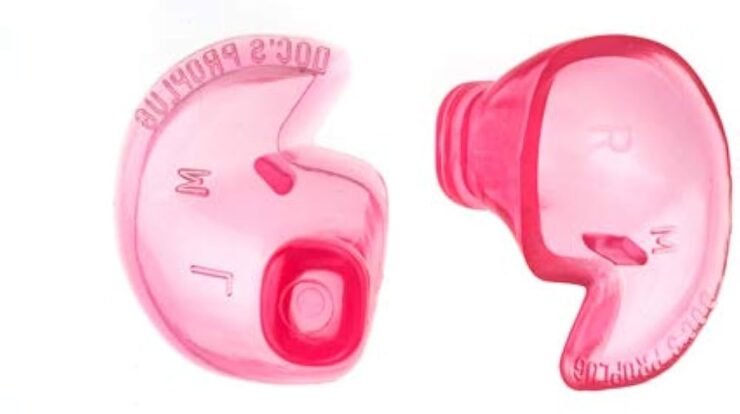Traveling through airports can feel like a high-stakes game of preparation, especially when it comes to packing liquids under the Transportation Security Administration’s (TSA) strict regulations. The rules surrounding the size of liquid containers can make or break your airport experience, turning a smooth journey into a stressful scramble if you’re not prepared. As someone who’s navigated countless security checkpoints and helped others do the same, I’m here to break down everything you need to know about TSA’s liquid container size restrictions, offering practical tips, insights, and a few hard-earned lessons to ensure your travels are as seamless as possible.
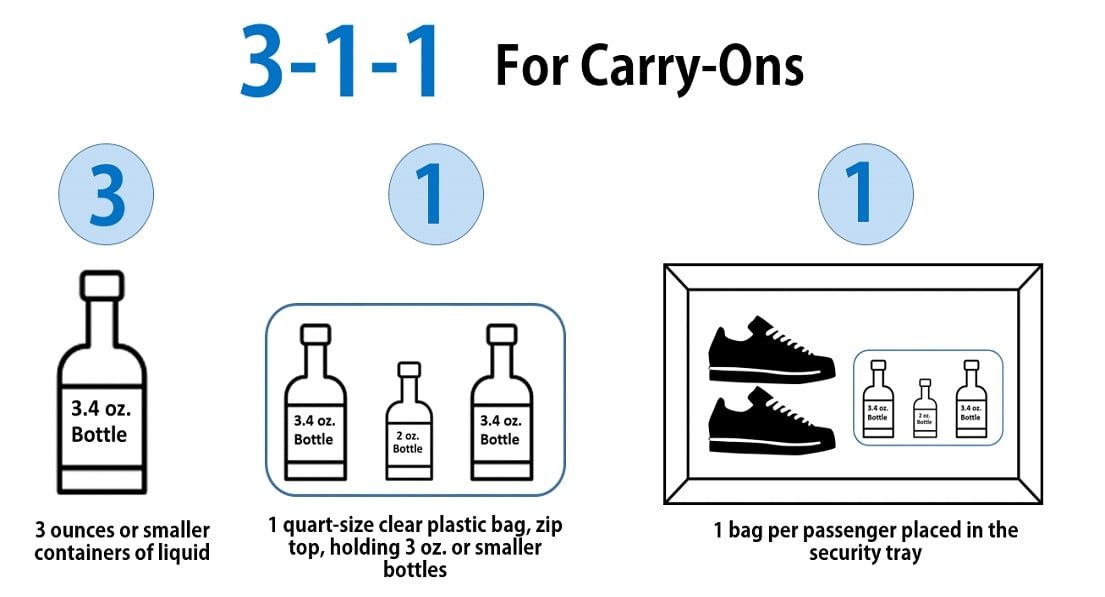
Understanding the TSA’s 3-1-1 Rule
The cornerstone of TSA’s liquid regulations is the 3-1-1 rule, a policy that’s been in place since 2006 to enhance aviation security. This rule is simple but non-negotiable: liquids, gels, aerosols, creams, and pastes in carry-on luggage must be in containers of 3.4 ounces (100 milliliters) or less, packed in one quart-sized, clear, resealable plastic bag, with one bag per passenger. This framework ensures that security officers can quickly inspect your items without compromising safety.
Why 3.4 ounces? The limit stems from international aviation security standards, harmonized to reduce the risk of liquid-based threats. While it might seem arbitrary, this restriction balances safety with practicality, allowing travelers to bring essential toiletries without overwhelming screening processes. The quart-sized bag—roughly the size of a standard sandwich bag—keeps things organized and visible, speeding up your time at the checkpoint.
Why the TSA Liquid Size Restrictions Matter
If you’ve ever had a favorite shampoo confiscated at security, you know the sting of non-compliance. The TSA’s liquid size rules aren’t just bureaucratic red tape; they’re rooted in real security concerns. Liquids can be used to conceal or create hazardous materials, and the 3-1-1 rule minimizes this risk while allowing travelers to carry essentials. Ignoring these restrictions can lead to delays, confiscated items, or even missed flights.
Beyond security, these rules promote efficiency. Security lines move faster when everyone follows the same standards, reducing the need for manual bag checks. As a frequent traveler, I’ve seen firsthand how a little preparation—like measuring your containers before packing—can save you from the frustration of tossing out a $30 bottle of face cream.
What Qualifies as a “Liquid” Under TSA Rules?
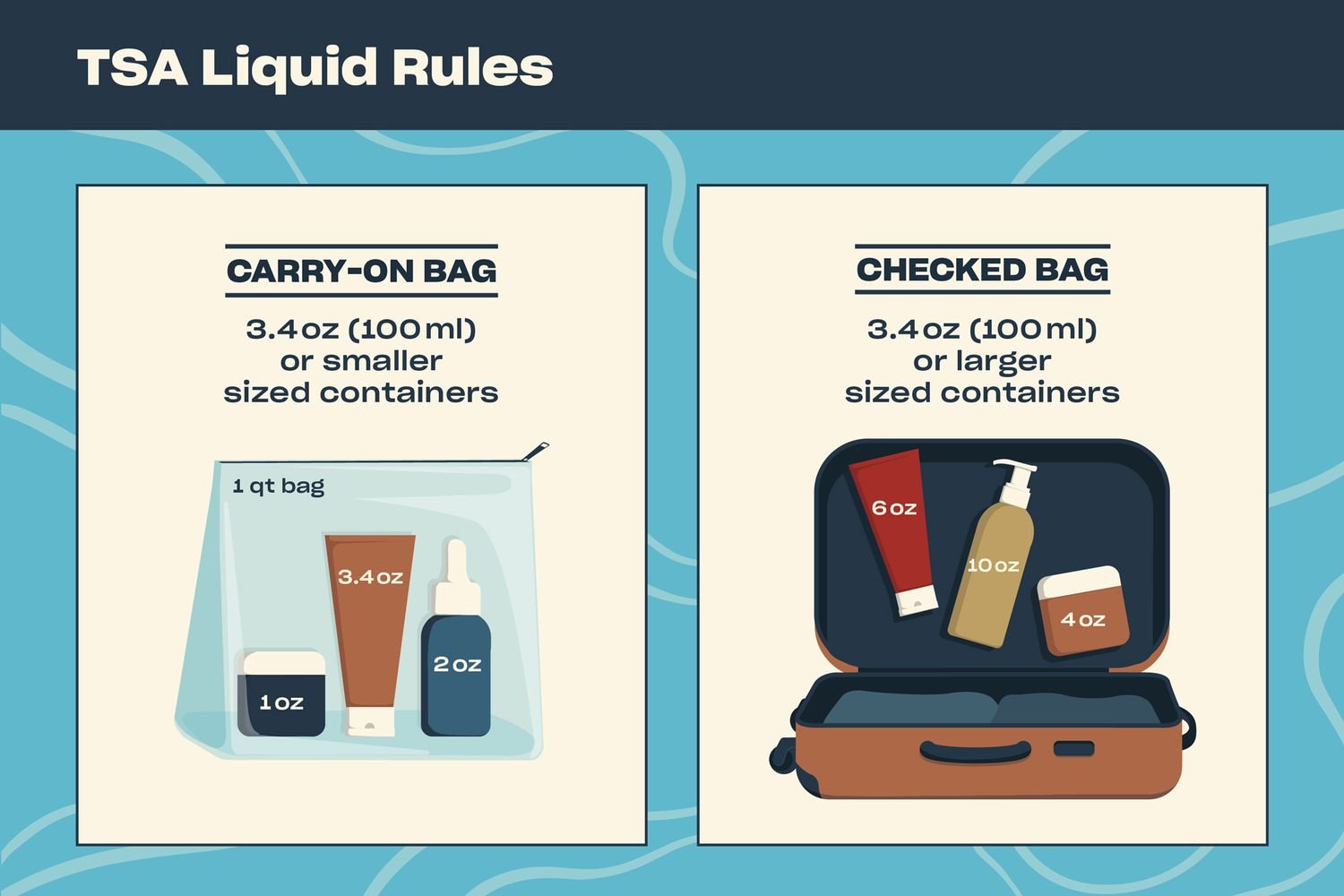
The TSA’s definition of a liquid is broader than you might expect. Beyond obvious items like water, soda, or shampoo, the agency includes gels, aerosols, creams, and pastes. This means your toothpaste, hair gel, lotion, and even mascara fall under the 3-1-1 rule. Less obvious items, like lip balm, peanut butter, or soft cheeses, can also be classified as liquids or gels, depending on their consistency.
One gray area is medications. Liquid medications, such as cough syrup or insulin, are exempt from the 3.4-ounce limit but must be declared to TSA officers at the checkpoint. I recommend keeping these in their original packaging with clear labeling to avoid confusion. Similarly, baby formula, breast milk, and juice for infants are allowed in “reasonable quantities” beyond 3.4 ounces, but you’ll need to inform the TSA officer and may face additional screening.
Read more: Expert Review of the Arm & Hammer Spinbrush Pro Clean Electric Toothbrush for a Healthier Smile
Packing Smart: Choosing the Right Liquid Containers
Selecting the right containers is key to complying with TSA rules while keeping your travel routine intact. Here’s how to do it effectively:
-
Invest in Travel-Sized Containers: Look for leak-proof, reusable bottles and jars specifically designed for travel. Brands like GoToob and Nalgene offer durable, TSA-compliant options that are easy to fill and clean. Pro tip: Choose containers with wide mouths for easier refilling with thicker products like conditioner or lotion.
-
Check Container Sizes Carefully: Don’t assume a bottle is TSA-compliant just because it looks small. Always verify that it holds 3.4 ounces or less. I once had a 4-ounce bottle confiscated because I didn’t double-check the label—an avoidable mistake.
-
Use Clear, Resealable Bags: The TSA is strict about the “one quart-sized bag” rule. A standard 7.5 x 8-inch Ziploc bag works perfectly, but you can also find stylish, TSA-approved bags with reinforced zippers for durability. Make sure the bag is transparent and fully closes to avoid scrutiny.
-
Label Everything: If you’re decanting products into travel containers, label them clearly to avoid confusion at security. A small piece of masking tape with “shampoo” or “moisturizer” written on it can save you from explaining your mystery liquids to a TSA officer.
Common Mistakes to Avoid with TSA Liquid Rules
Even seasoned travelers can slip up when it comes to TSA’s liquid restrictions. Here are some pitfalls I’ve encountered (or narrowly avoided) and how to steer clear:
-
Overstuffing the Quart-Sized Bag: It’s tempting to cram as many containers as possible into that one bag, but if it doesn’t close easily, TSA agents may ask you to remove items. Stick to essentials and prioritize multi-use products, like a 2-in-1 shampoo-conditioner.
-
Forgetting About Duty-Free Liquids: Liquids purchased in duty-free shops after security are exempt from the 3-1-1 rule, but only if they’re in a secure, tamper-evident bag with proof of purchase. However, if you have a connecting flight, check the rules for your next destination—some countries don’t allow duty-free liquids in carry-ons.
-
Assuming All Airports Follow the Same Rules: While the TSA’s 3-1-1 rule is standard in the U.S., international airports may have stricter or looser regulations. For example, the European Union follows a similar 100ml limit, but some countries may require additional screening for liquids. Always research your destination’s rules to avoid surprises.
-
Bringing Full-Sized Products in Checked Luggage Without Protection: While checked luggage has no liquid size restrictions, leaks can ruin your belongings. Use sealed plastic bags or waterproof toiletry bags to contain potential spills.
Read more: Gentle Powerhouse for Sensitive Gums Exploring the Oral-B Sensitive Gum Electric Toothbrush
Tips for Streamlining Your TSA Liquid Packing Process
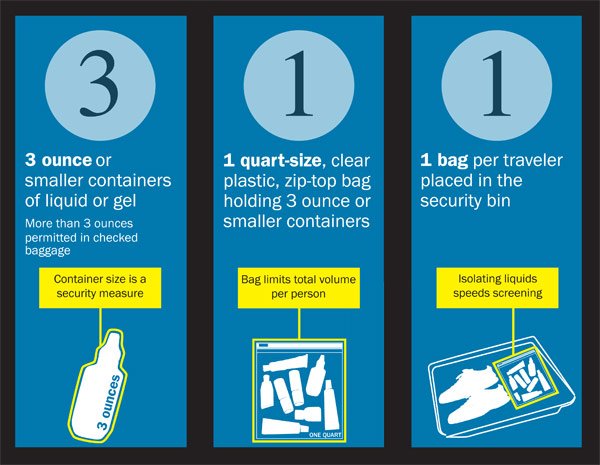
Packing liquids for air travel doesn’t have to be a headache. Here are some strategies I’ve honed over years of globetrotting:
-
Plan Your Toiletries in Advance: Make a list of must-have liquids and check their sizes before packing. If your go-to products don’t come in travel sizes, decant them into TSA-compliant containers a few days before your trip to avoid last-minute stress.
-
Opt for Solid Alternatives: Swap liquid toiletries for solid versions whenever possible. Solid shampoo bars, deodorant sticks, and powdered toothpaste are TSA-friendly and don’t count toward your liquid quota. Brands like Lush and Ethique offer excellent options that are both eco-friendly and travel-smart.
-
Maximize Your Quart-Sized Bag: Arrange containers strategically to fit more without exceeding the limit. For example, flat, rectangular containers often stack better than bulky round ones. I’ve found that a mix of 1-ounce and 2-ounce containers gives me flexibility for different products.
-
Keep Your Bag Accessible: Place your quart-sized bag in an outer pocket of your carry-on for easy access at security. Fumbling through your luggage while others wait behind you is a surefire way to feel the pressure.
-
Double-Check International Connections: If you’re flying internationally, confirm the liquid rules for all legs of your journey. Some countries require you to place liquids in a separate tray during screening, while others may limit the number of containers in your bag.
The Future of TSA Liquid Rules: What’s on the Horizon?
The TSA’s liquid restrictions have been in place for nearly two decades, but advancements in screening technology could change the game. The agency has been testing computed tomography (CT) scanners, which create 3D images of carry-on contents, potentially allowing for more lenient liquid rules. Some airports, like London’s Heathrow, have already begun relaxing their 100ml limits thanks to these scanners, and the TSA may follow suit in the coming years.
However, don’t expect changes overnight. The TSA prioritizes security, and any updates to the 3-1-1 rule will likely roll out gradually, with rigorous testing to ensure safety. For now, travelers should continue adhering to the current guidelines and stay informed about updates through the TSA’s official website or travel advisories.
Special Considerations for Specific Travelers
Not all travelers face the same challenges when it comes to TSA liquid rules. Here are some tailored tips for specific groups:
-
Families with Young Children: Parents can bring larger quantities of breast milk, formula, or juice, but these must be declared and may require additional screening. Pack these in a separate clear bag to streamline the process, and consider bringing only what you need for the flight to minimize hassle.
-
Travelers with Medical Needs: If you rely on liquid medications, carry a doctor’s note or prescription to clarify their necessity. Keep these items separate from your 3-1-1 bag and inform the TSA officer early to avoid delays.
-
Business Travelers: If you’re packing for a short trip, stick to multi-use products to maximize space in your quart-sized bag. A tinted moisturizer with SPF, for example, can replace separate sunscreen and foundation.
-
Eco-Conscious Travelers: Opt for reusable silicone containers and solid toiletries to reduce waste. Brands like Humangear and Matador offer sustainable options that align with TSA rules and environmental goals.
Read more: Radiant Eyes Unveiled – Discovering the Best 24K Gold Eye Masks for Timeless Beauty
Real-Life Lessons from the Security Line
I’ve had my share of TSA liquid mishaps, and each one taught me something new. Once, I packed a 4-ounce bottle of sunscreen in my carry-on, thinking it was close enough to 3.4 ounces to pass. It wasn’t. The TSA officer politely but firmly confiscated it, leaving me to buy an overpriced replacement at my destination. Another time, I forgot to declare a liquid medication, leading to a longer screening process that nearly made me miss my flight. These experiences underscored the importance of preparation and double-checking every container.
I’ve also learned from fellow travelers. A friend once packed a jar of homemade jam in her carry-on, not realizing it counted as a liquid. The jar was confiscated, and she was understandably upset. Her takeaway? Always research what qualifies as a liquid before packing, especially for food items.
Final Thoughts on Mastering TSA Liquid Rules
Navigating the TSA’s liquid container size restrictions doesn’t have to be a source of travel anxiety. By understanding the 3-1-1 rule, choosing the right containers, and planning ahead, you can breeze through security with confidence. Whether you’re a frequent flyer or an occasional traveler, a little preparation goes a long way in ensuring your journey starts and ends on a high note.
The key is to stay informed, pack smart, and embrace the process as part of the adventure. With these tips and insights, you’ll be ready to tackle any security checkpoint, knowing your liquids are TSA-compliant and your travel essentials are secure. Safe travels, and may your airport experiences be as smooth as your favorite moisturizer!

